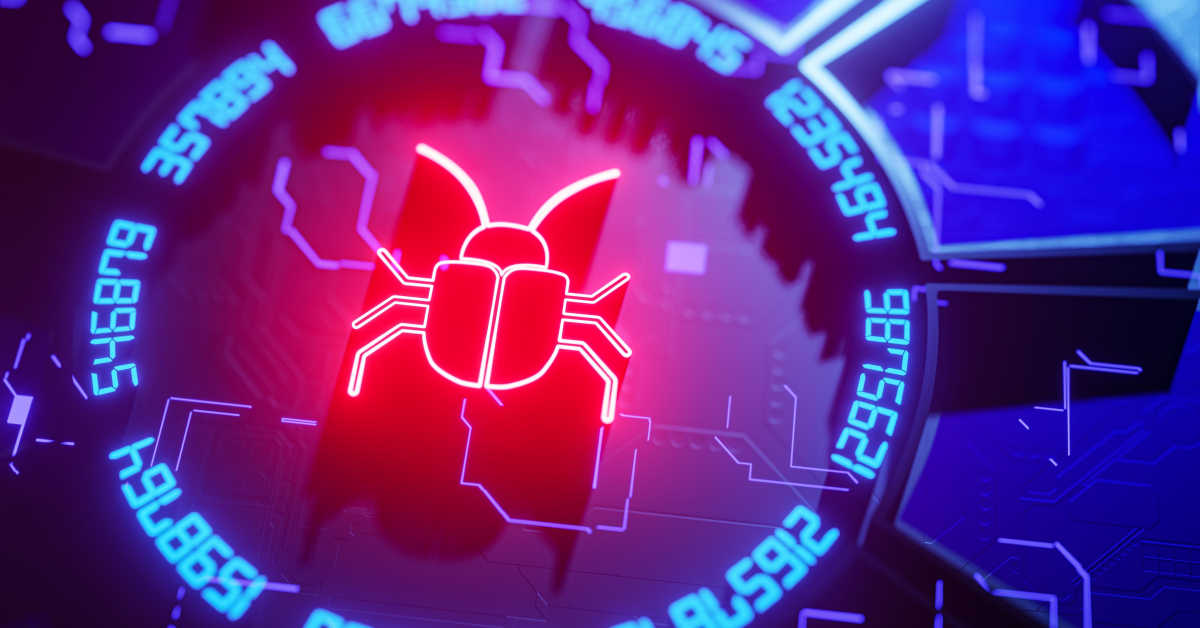Organizations and individuals alike can suffer serious cybersecurity consequences from a rootkit, because of their ability to remain undetected and in addition to being challenging to remove. This article will provide a complete review of rootkits, including their description, how they function, and the possible hazards they bring to cybersecurity. Additionally, we will examine the different variations of rootkits, how they are spread, and strategies for preventing and managing their impact.
What is Rootkit?
A rootkit is a malicious software that allows unauthorized access to a network or system, allowing hackers to undertake illicit operations undetected. The name "Rootkit" was given as this type of malware is normally hidden within the root directory of a system.
Once in a system, a rootkit is able to cause serious harm, including the theft of private information, the monitoring activity on a network, and the launch of attacks on other systems or networks.
Rootkits are frequently employed in advanced persistent threat (APT) assaults, in which an attacker gets access to a system and then maintains a long-term presence, eluding detection and carrying out destructive operations for a protracted period of time.
A rootkit's ability to remain undetected is its critical trait. This is achieved by modifying system files, such as the kernel or system libraries, to intercept and manipulate system calls and hide the presence of the rootkit from detection by anti-malware software. Without a doubt, rootkits are very sophisticated and challenging types of malware to detect and remove, making them a serious security threat.

How does rootkit work?
Rootkits use a range of sophisticated techniques to gain access to a system and evade detection, and here are some of the most common methods that rootkits use for access:
- Hooking: Hooking is a technique used by rootkits to intercept and modify system calls. By modifying system calls, a rootkit can hide its presence from detection by anti-malware software and allow attackers to carry out malicious activities without being detected.
- Direct Kernel Object Manipulation: Rootkits can also use direct kernel object manipulation to modify kernel structures and gain access to system resources. Access control lists (ACLs), a security measure, can be bypassed to gain access to sensitive data or system resources that would otherwise be protected.
- Virtualization: Here, a virtual environment is created within a compromised system to effectively hide the rootkit and its activities from detection by anti-malware software.
- Firmware-Level Rootkits: Rootkits gain control over a system by targeting firmware, and then access it at a level that is not accessible to traditional anti-malware software. This sophisticated type of rootkit attacks the BIOS or UEFI and is very difficult to detect and remove.
- Memory-Based Rootkits: Memory-based rootkits stand out as a particularly stealthy threat, as they operate entirely in a system's memory, leaving no detectable traces on the hard disk, and may be able to persist even after a system reboot.
Detection and prevention of rootkit attacks
Prevention of rootkits is an essential part of any cybersecurity strategy, given that this malware is hard to detect and remove. Here are some methods to detect and prevent rootkit attacks:
- Anti-malware software: Scanning systems often for signs of malware, including rootkits, means that anti-malware software can detect and remove these threats before they have a chance to cause damage. Remember though, rootkits can often evade detection by anti-malware software, making it essential to use additional measures to protect systems.
- Regular software updates: Organizations may limit the chance of vulnerabilities being exploited by attackers by keeping software up to date with the latest security updates and fixes, including those that could be used to install rootkits.
- Use of trusted sources: To reduce the risk of rootkit attacks, businesses must only purchase software from reliable sources. Official app stores or the websites of respectable software developers are examples of such sources.
- Implementing best practices: Best practices like using strong passwords, enabling two-factor authentication, and limiting user privileges can help prevent rootkit attacks by reducing the attack surface available to attackers.
- Regular system audits: Regularly auditing systems for signs of suspicious activity, such as unexpected network traffic or unauthorized changes to system settings, can allow organizations to quickly detect and respond to rootkit attacks, reducing the potential damage caused by these threats.
Final thoughts on rookit
Rootkits are complex and dangerous, and it is essential to protect your organization from rootkit attacks. It is crucial to implement robust security measures and continuously update and monitor them. At Sangfor, we understand the importance of cybersecurity and the potential damage that rootkit attacks can cause.
That's why we offer comprehensive solutions and services to help you protect your organization from such threats. Learn more about our cybersecurity solutions and how we can help safeguard your business from rootkit attacks by contacting us today.





